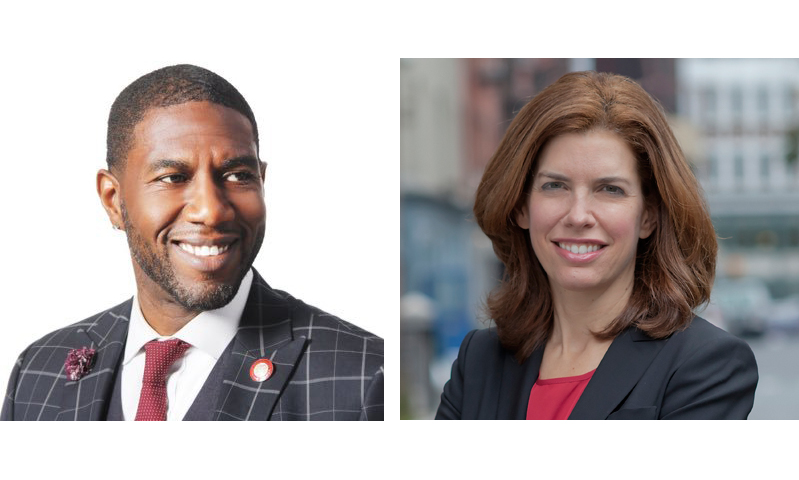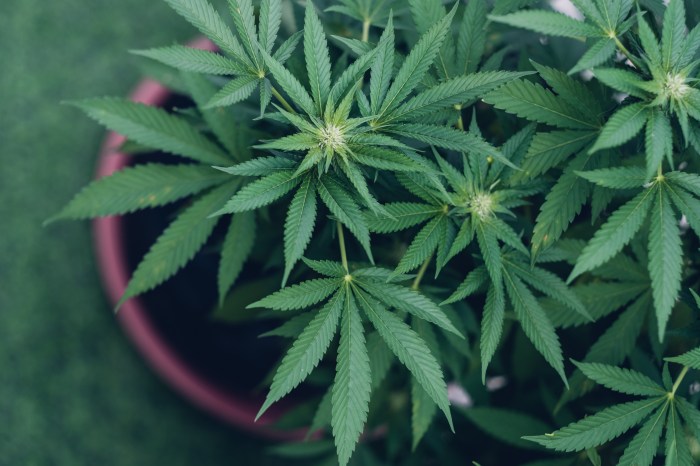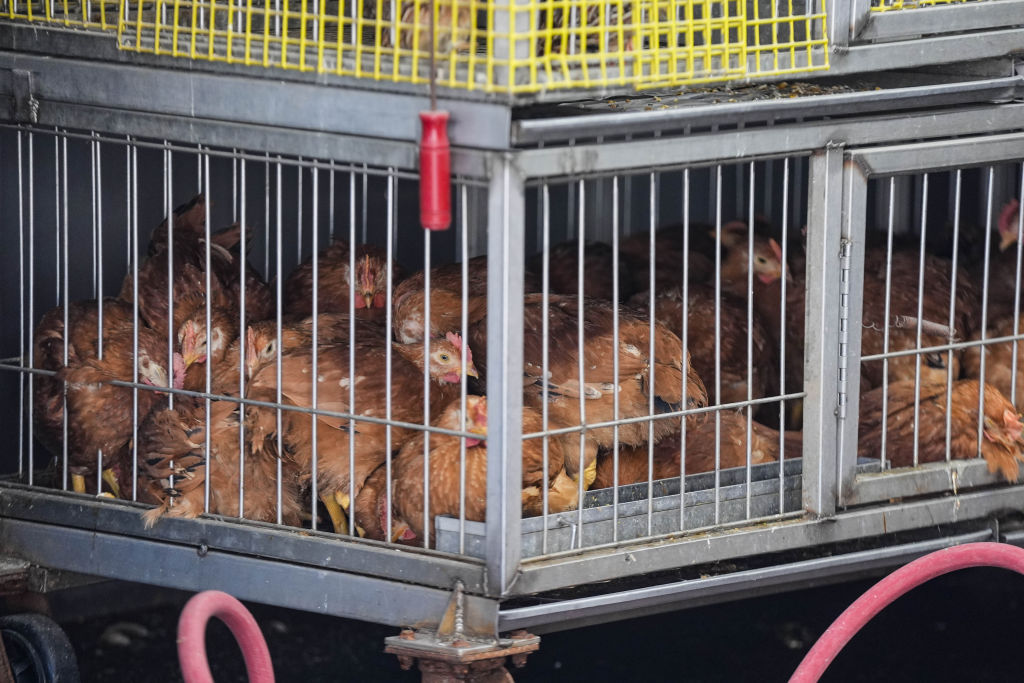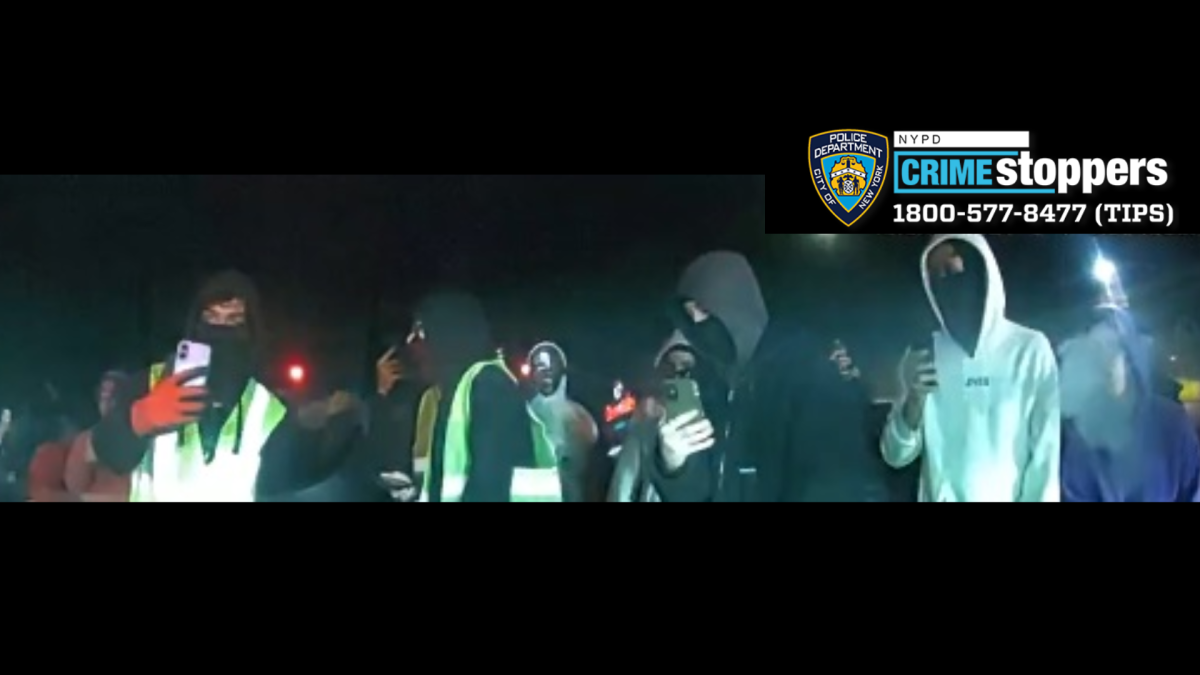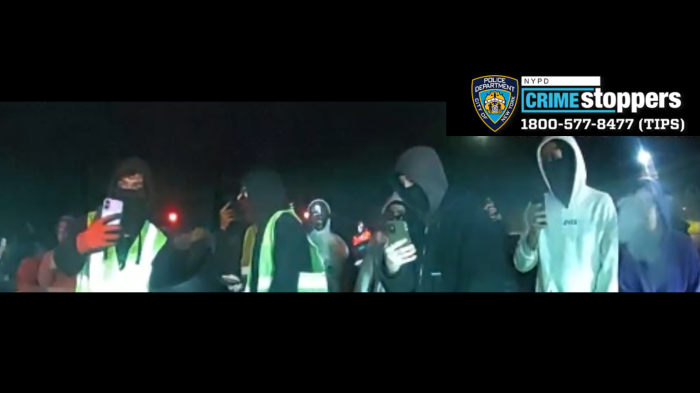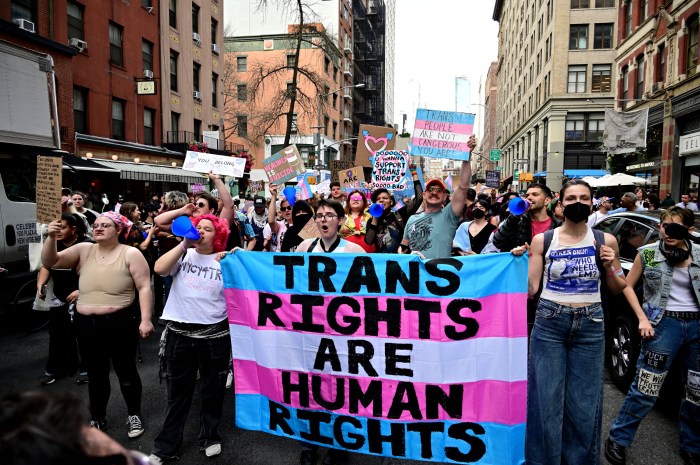BY JUMAANE WILLIAMS, NYC PUBLIC ADVOCATE, AND JULIE MENIN, DIRECTOR OF NYC CENSUS 2020
From this country’s founding, the census has been abused as a tool of oppression. From the “Three-Fifths” compromise, to the weaponization of the census during Jim Crow, to the undercounting of Black communities across America today, the census has robbed Black Americans of resources and attempted to strip them of their humanity.
But the census can also be an instrument of justice, if – and only if – all New Yorkers are counted. Our commitment to count every household in this city is a commitment to ensure that Black communities across New York get the resources and the representation they are owed.
The census is a civil rights issue. While the current protests for Black lives were sparked by George Floyd and Breonna Taylor’s murders at the hands of police, the reasons for protest run beyond any individual action or issue. In New York City and across the country, we have seen centuries of systemic racial inequality in housing, education, health care, and so much more. The census directly funds programs that serve to address these inequities. Census data is used to determine Title I funding to schools. Section 8 Housing Choice Vouchers are funded by census-derived data. As the energy driving these protests can and must drive change in many areas, it must also drive New York City towards a complete census count.
The census isn’t only about funding – It’s about representation. It determines how many seats, how many voices, we have in the House of Representatives. Amid the COVID-19 response and recovery, and the federal action it demands, we will need as many advocates as we can get in the halls of Congress. But if we are undercounted, we risk losing up to two seats across the state. And if those seats are carved out of predominantly Black neighborhoods, it will inevitably mean another setback for combating the many urgent inequities we face in New York. Accurate representation at every level of government, including the city and state, is also contingent upon the census. Many of the reforms currently being pushed and passed would not be possible without a complete and accurate census.
Right now, we are seeing a significant range of levels of census self-response among New York City neighborhoods with large Black and Pan-African communities. Some, like Co-Op City (self-response rate of 68.3% as of June 11) and Starrett City (62.9%), far outpace much of the city. But others, like Wakefield (43.8%), Jamaica (44.2%), and Canarsie (44.0%), are below the city’s total rate. If Black New Yorkers don’t complete the census, it could be one fewer member of the Congressional Black Caucus representing the five boroughs. We cannot let that happen.
The COVID-19 crisis also demonstrates how when neighborhoods are undercounted, we lose critical community resources. This year, we witnessed Elmhurst Hospital and our broader health system be stretched to the brink and beyond during a global pandemic, with resources scarce and lives lost.
In our most recent census in 2010, New York City had a self-response rate that trailed the national rate by 14 percentage points. This time around, our census self-response rate still trails the nation, now by 9 percentage points. The good news is that since May, we are gaining ground each day. With every New Yorker’s help, we will continue to close that gap.
We need all hands on deck for the census. It’s one tool, but an important one, toward rebuilding after COVID-19 and our city centers Black lives. In just ten minutes, by visiting My2020Census.gov, or by calling 844-330-2020, you can complete the census – one concrete action to help get Black New Yorkers the resources and representation, the voice and the vote, they deserve.
“Making Sense of the Census” is a weekly column from Julie Menin, Director of NYC Census 2020. Every week we will be publishing pieces from Julie and guest authors laying out the facts and answering tough questions about this year’s census. Fill out the census now at my2020census.gov.



